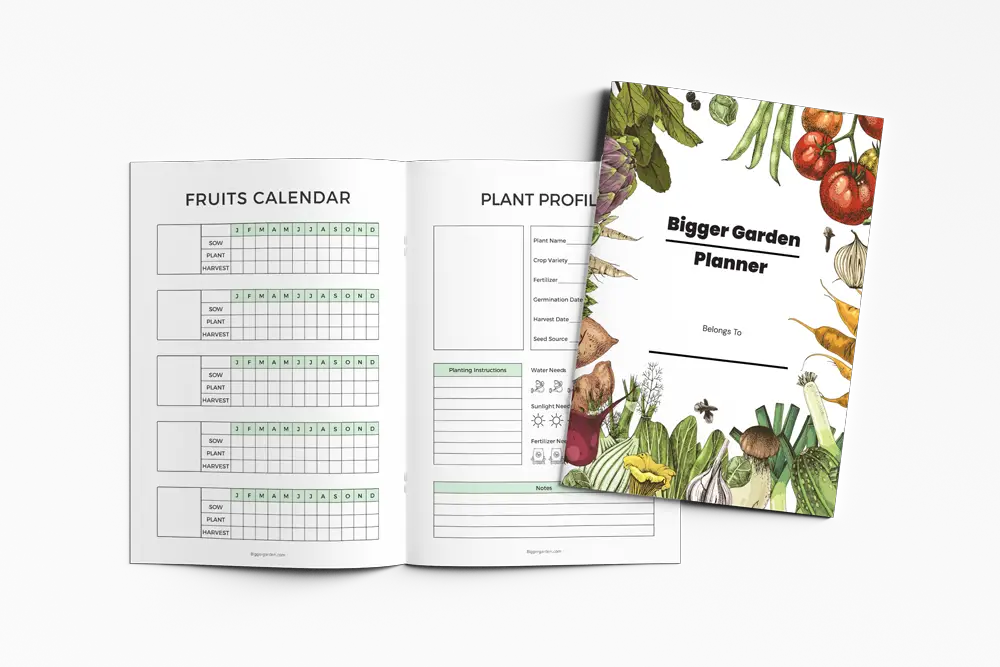How To Grow Carrots and Other Root Vegetables in Hydroponics At home

This post follows our research editorial guidelines.

If you’ve been growing your own vegetables at home in hydroponics you might be ready for a challenge – growing carrots. Root vegetables need a bit more forethought when growing than most other hydroponic crops, but once you get a grip on what they need you’ll have carrots rolling out of your setup thick and fast.
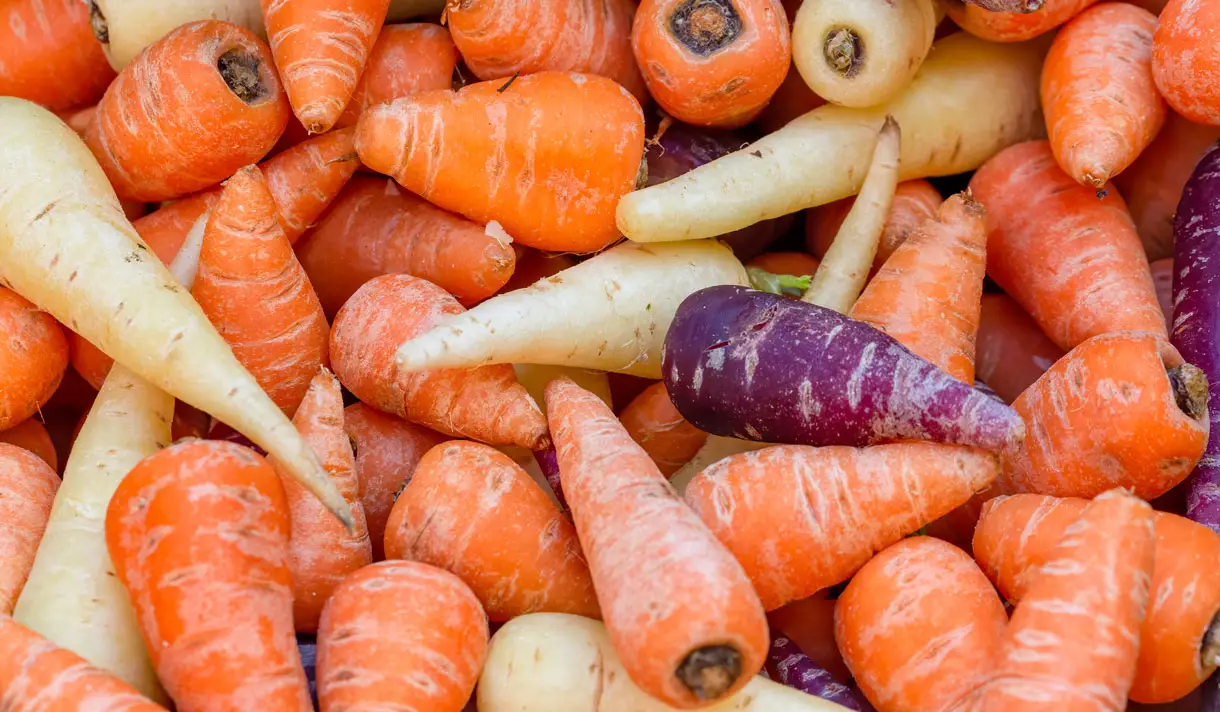
Table of Contents
Do carrots grow well in hydroponics?
Growing carrots in hydroponics is fairly straightforward, provided you choose a short-rooted variety and a soil-free medium that does not retain too much moisture. They are pest and disease resistant and grow well in drip systems or ebb and flow systems with deep containers or beds.
The Secret to Best Carrots
Root vegetables like carrots can be challenging to fit into most hydroponic setups. In general, they do poorly when suspended in water. While I’m a huge fan of Kratsky setups and Deep Water Culture (DWC) hydroponics as a whole, for carrots it’s not something I’d recommend.
Likewise rockwool produces underwhelming results and is best avoided. There’s just too much pressure on the tap root, and too much water held close.
Hydroponic systems that use soil-free mediums are your best option. It’s a valuable commercial crop, so a lot of research has been done to find the best techniques.
Space is the other big concern. Most of the popular hydroponics crops, like basil, only really grow up. The roots don’t need a lot of room to spread out in search of nutrients, because we deliver them straight to the plant.
But root vegetables need ample space below, too. You can get around this by choosing a shorter carrot variety like the little finger carrot. While most short carrots were developed for rocky or heavy soils, we can take advantage of that careful breeding for hydroponics, too.
Scarlet Nantes and Chantenay carrots only grow to a length of about four or five inches, making them ideal for hydroponic systems. The Sweetness variety grows a little longer, but is also suitable. Avoid longer carrots, like the Imperator cultivars common in outdoor gardening. They quite easily reach almost a foot in length without a care in the world, far too big for most hydro rigs.
Starting carrot seeds hydroponically
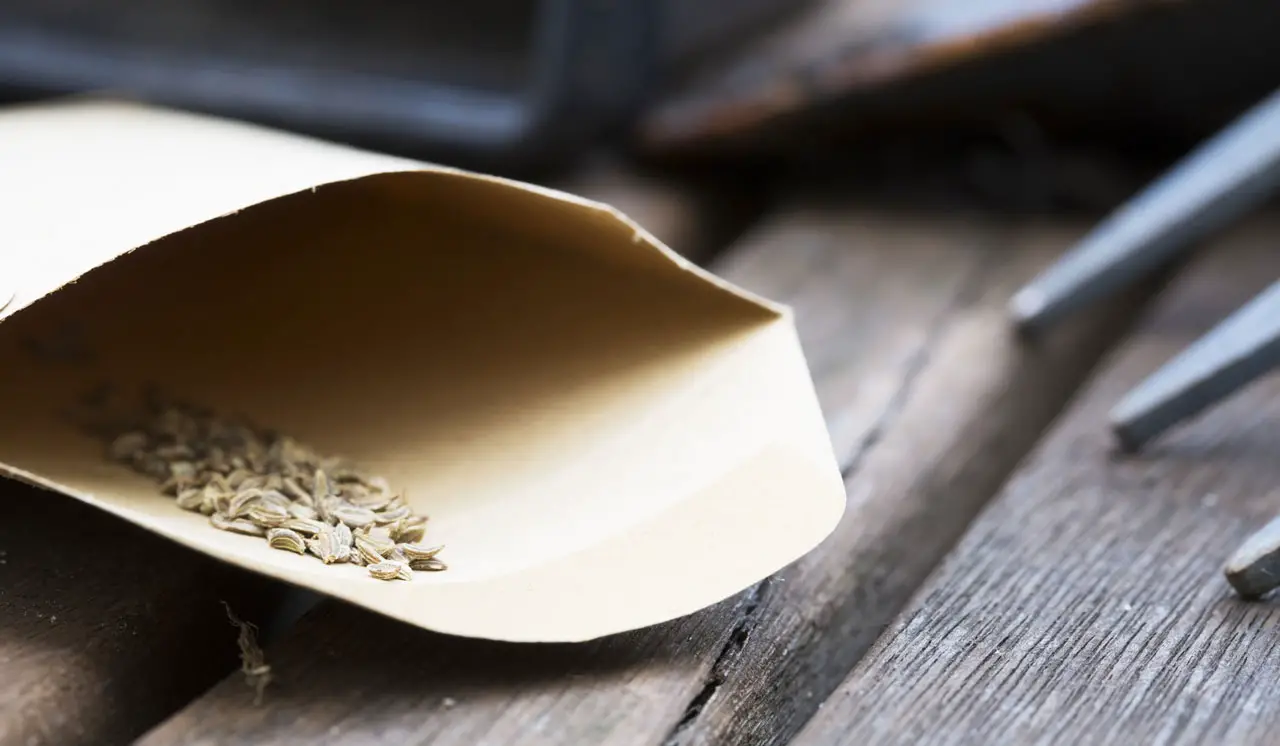
You will need:
- Carrot seeds
- Container of medium – dutch buckets are a good choice, as are wicking beds.
- Clean, sterile water
1. Choose Your Medium
Root vegetables like carrots need to be planted directly into the medium they’re going to grow in their whole lives – they don’t transplant very well as a general rule. You’ll need to choose your medium with that in mind. Perlite, sand, coco coir and peat all work well. A blend with a lot of sand is ideal, as it provides good structure and flow through of the solution while still supporting the carrot as it grows.
You’ll also need to make sure your container is deep enough to handle your carrot variety, too.
2. Prepare Hydroponic Setup
Ensure your medium is well soaked ahead of your planting. Plain water is fine to start off your carrot seeds. Seeds have everything they need to sprout, so you don’t need nutrient solution just yet.
3. Plant Your Carrot Seeds
Sprinkle the seeds lightly across the surface of your medium, then cover lightly to a depth of no more than a quarter of an inch. This may seem like an excessive number of seeds, but once they’ve sprouted you can thin out the weaker seedlings till only the sturdiest remain.
4. Hydrate Seeds Until They Sprout
Place the newly planted seedlings in a well-lit area. They love long, warm days in order to germinate. You’ll also need to keep your seeds well hydrated until they sprout. Again, plain water is best. Just spritz the top as needed to ensure the medium stays moist.
5. Keep The Growing Medium Warm
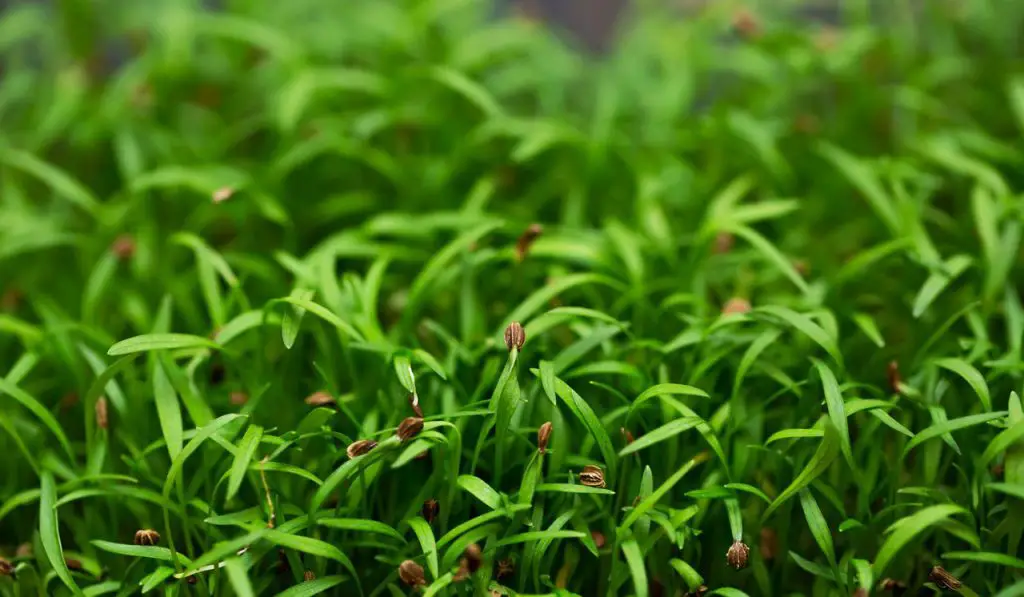
Carrots are slow sprouters, and can take up to three weeks to pop their little leaves up. In the meantime, keep them warm and well lit. The top of the medium must be kept damp without being soggy.
Once they have leaves, you can start using a dilute nutrient solution, at about half strength. After two weeks they’ll be ready for full strength.
Typically, carrots will be ready to harvest after about 70 days. You can pop them out at around 50 days if you want dainty and sweet baby carrots, the choice is yours!
Starting With A Carrot Cutting Hydroponically
Sprouting carrots from their tops is an entertaining project for the younger members of your gardening team. While you won’t see a new taproot, you will get flowers and seeds too in time.
“When cut from the top, the growing point for the taproot is removed, however the growing tip for new leaves is not removed. The growing tip (meristem) that forms the leaves can also grow new adventitious roots (fibrous roots), but not a taproot… You would need to allow the top to flower, go to seed, then plant the seeds in order to get another carrot with a taproot.”
Heather Stoven, OSU Extension Horticulturist
You will need:
- Shallow vessel of water – a saucer will do
- A container of medium
- Clean water
- Toothpicks (optional)
1. Prepare Your Cutting
Take the top of your carrot and allow it to dry out overnight. This will help prevent the whole thing from rotting instead of sprouting.
2. Soak Your Carrot Cutting
Fill your saucer and add the carrot, bottom down. Poke toothpicks into the bottom of where the carrot has been cut to give clearance to the emerging roots below.
3. Place in a Windowsill or Well-Lit Area
Place the saucer in a well-lit area, like a windowsill. The more light you can muster the better. You’ll need to change the water regularly, once or twice a week is best. Watch out for sliminess, foul smells or softness in the carrot top – all of these point to a decaying carrot top, instead of a sprouting one.
Step Four: Transplant
In a few weeks you’ll start to see fine roots emerging, as well as light green leaflets. They’re more delicate and lacier than regular carrot leaves, so be sure to treat them delicately.
Once the roots two to three inches long and you have a few inches of leaves to match, you can transplant the baby plant to a container of growing medium. It’s unlikely to grow a full-sized root, so you can safely put the new plant in just about any system.
In time the carrot will flower. If you want to generate your own seeds, you’ll need to have multiple carrot plants all flowering at once. They can be pollinated by hand by brushing your hands across the flower clusters, one after the other, in order to transport the pollen. Depending on your hydroponic setup you may get some cross pollination from the ventilation in your grow room.
FAQ
How much Light Do Hydroponic Carrots need?
The more light the better for our sweet carrots. Carrots prefer upwards of 16 hours of bright, continuous light a day. They aren’t fussy about where it comes from, so an energy efficient LED setup will do just as well as a more power hungry options like sodium lamps or broad spectrum metal halides.
What Water pH do carrots need?
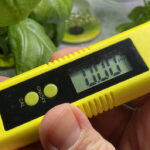
In general, a neutral to mildly acidic solution is what your carrots need. Aim for a pH of around 5.8 to 6.0. It’s a good idea to keep it at the warmer end too, around 72°F (22°C)
Which Growing medium is best for hydroponic carrots

Carrots do best with a substrate that gives their roots room to expand. A mix that is 75% sand, 12.5% coconut coir and 12.5% vermiculite is best. This had good structure to support the emerging plant, has a good water holding capacity and can be planted to depth. It also focuses main edible root and prevents too many of the lighter, ‘hairier’ side roots.
Choosing the right Nutrients for Hydroponic carrots
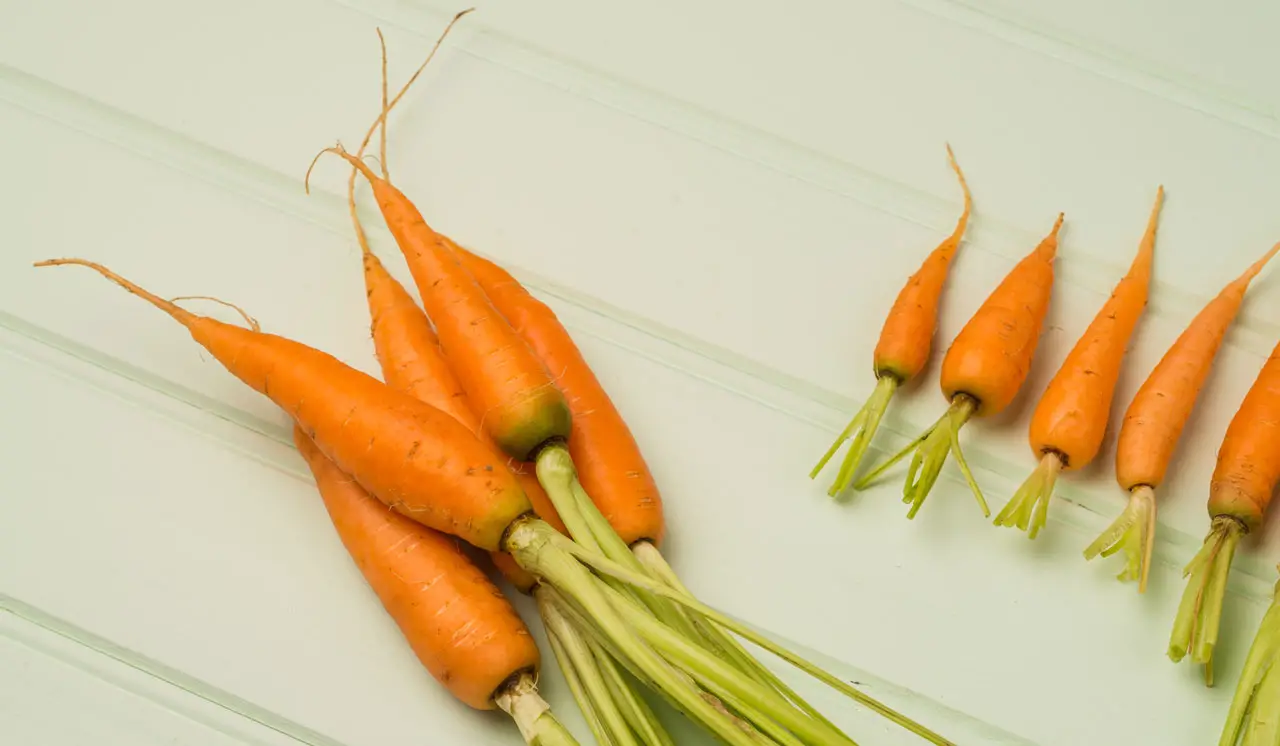
Aim for an EC of between 1.0 and 2.0 when growing carrots. They aren’t heavy feeders and will do just fine on a standard nutrient solution developed to encourage root growth. In fact, low nitrogen fertilizers are best used with carrots to discourage leafy growth and promote a bigger carrot root.
As mentioned before, you’ll need to gently ramp up the concentration as the tasty tap root develops. A nutrient solution with around1150-1350 ppm is best for maturing plants, and can be increased to 1400 – 1450 ppm once the root is established.
How to Prune Hydroponic Carrots
Carrots do not need to be pruned, and it’s a good idea to just let them flourish. They don’t get overly tall or spread out. If anything, you can use the lush top growth guide your nutrient input – nutrient deficiencies will often show on the leaves first, and you can spot an overabundance of nitrogen in an overabundance of almost fluorescent green leaves. Deficiencies will show in discolored foliage or misshapen leaves.
That said, young carrot leaves are edible, and some folks enjoy them as a salad green. Limit yourself to a few leaves at a time – the carrot needs them to power the growth of the real star of the show, those thick sweet roots.
Spacing Requirements
Carrots need room for their roots to grow. If you’ve got them in wicking beds or Dutch buckets, aim around four inches clearance for each seedling, or roughly four to nine plants per square foot. A lot does depend on the variety you’ve opted to grow. The larger the root, the more space they will need.
Common Carrot Pests
The single greatest joy of growing carrots in hydroponics is being almost entirely free of pests. With no soil to burrow through, the most common of carrot pests don’t stand a chance. Their fine, feathery leaves are pest resistant, though you may find the usual suspects (aphids, spider mites or mealy bugs) popping up if your cultivation practices are poor. They can be treated with neem, horticultural soaps or insecticide.
Potential Diseases for Hydroponic Carrots
Carrots are prone to a variety of leaf issues, like Alternaria leaf blight and bacterial crown rot. You can prevent them with good ventilation, spacing and treating pests as they arise. A broad-spectrum crop control can help.
You’ll also have to watch out for Pythium, Phytophthora and Fusarium. These three diseases are a frequent problem for closed hydroponic systems, and they especially love devouring delicious carrot tap roots. They manifest as slimy roots that are discolored and foul smelling, and are most common in carrots grown in solution.
These diseases are tough to treat, so your best bet is to maintain good hygiene and try not to catch them in the first place. If you do develop root rot, you’re likely going to have to dump the lot and start again. Most treatments render the roots inedible, a substantial problem when growing carrots.
Final thoughts
Growing carrots in hydroponic setups requires a keen understanding of the science and artistry of the craft. You need to be ready to set space aside for a good deep rig, choose your Hydroponic seeds carefully and be ready to experiment to find the best technique for you. The tests and trials of growing root vegetables in hydroponics does make that first crop of carrots taste all the sweeter!
